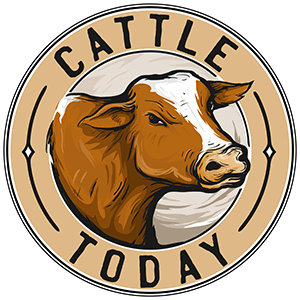May get hammered for this, but it is what it is. Years ago when I ran registered. Charolais, it was an easy average for heifer calves to wean off at over 700 and bulls to average around 800 at 7-8 months. Sometimes creep fed and sometimes not. One year that specifically remember with some creep feed all bulls weighed from 825 - 900.
Still had decent weights when initially using Angus or Hereford bulls over the registered Charolais cows.
After that with a complete different herd of cows no Charolais genetics, basically Angus and or Hereford, we don't come close to those weaning weights, and that is including AI calves by AI sired cows from some of the high growth animals of the day. No longer have scales so calves are weighed when sold.
For instance this years calves were weaned for around 6 weeks and sold about an average of 8 months. The largest steer calves averaged 590. That was with no creep and minimal feed after weaning. Those calves were by our home raised bulls but also very comparable with AI sired calves from a few years ago.
. The Charolais weighed much more but were also much larger at birth. They were also from heavy milking cows from 30 years ago and calves were by mainly bulls coming on the heels of the frame race.
Would be interesting to see how Charolais of today compare.
I believe genetics only goes so far. If the environmental/nutritional conditions are stacked favorably then some advantages can be achieved but at what cost of production. A lot of factors come into play.
